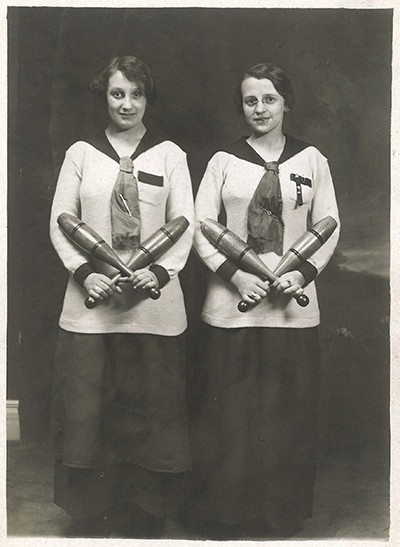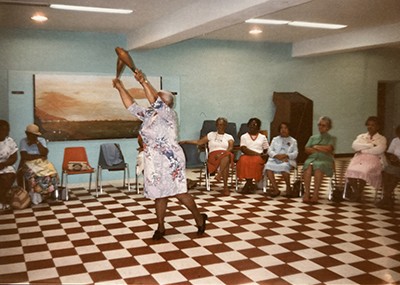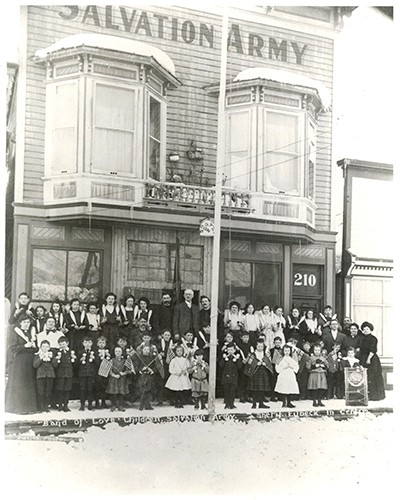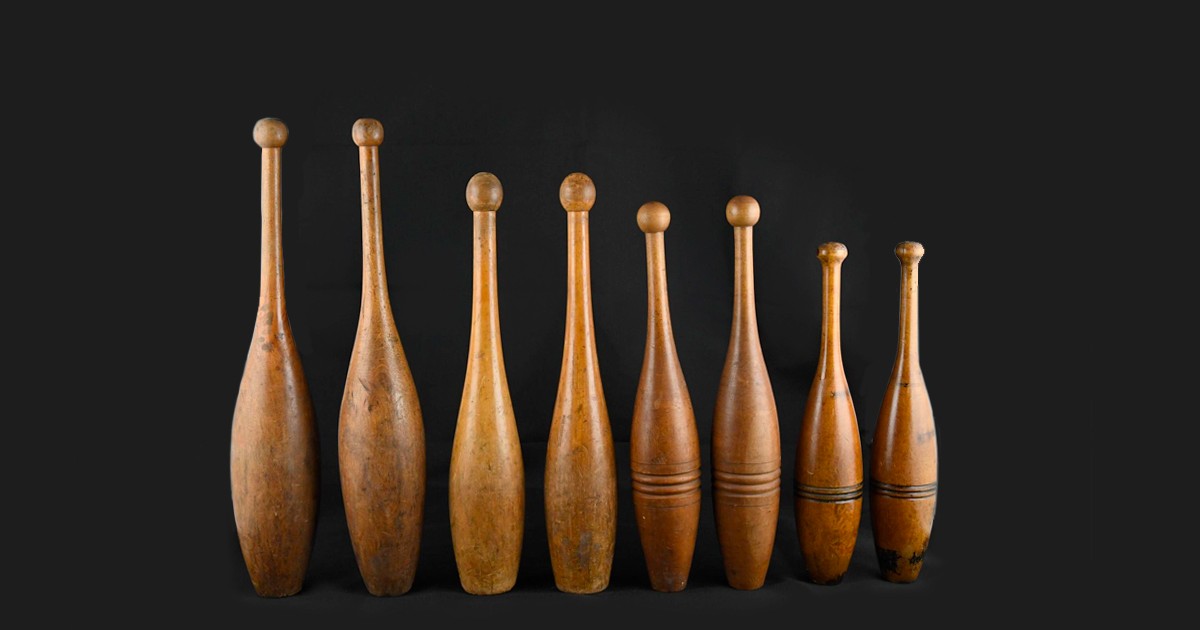Living History is an ongoing series showcasing just a small assortment of the more than 350,000 items housed at The Salvation Army Heritage Centre in Toronto. This month, we are spotlighting the centre’s Indian club collection.
From the mid-19th century through the first few decades of the 20th century, Indian clubs were enormously popular exercise devices.

Club swinging originated in India—hence the name—and they were used as exercise equipment for traditional wrestlers. Clubs were swung behind the shoulder and then to a frontal position. The clubs are said to enhance balance, posture, joint mobility and bilateral co-ordination, as well as improve shoulder, elbow and wrist strength with fluid, full-range motions that helped prevent injuries.
Indian clubs were introduced to British troops in India. Lighter weight clubs were adopted by British troops and were swung to the accompaniment of band music by the 1840s.
Swinging clubs spread in popularity across the Western world, particularly in schools. Every well-equipped gymnasium had a rack of clubs, they can often be spotted in old movies and early TV shows, and military units practised with them. There are even films of American infantrymen swinging clubs en masse during training for the First World War, as well as similar films of groups of schoolchildren exhibiting dazzling dexterity with lightweight clubs. Women and girls took up club swinging avidly.
At some point during their rise in popularity, swinging clubs influenced The Salvation Army in Canada and Bermuda, specifically in Bermuda where there was a British military base during the mid- to late-19th century. British Salvationist military personnel, a number of whom were band members, conducted open-air meetings and marches before The Salvation Army began in Bermuda. Major Ron Millar, the director of archives at the Heritage Centre, contends it was likely that the initial performances of club-swinging routines set to Army band music were started around that time, as well.

Indian club swinging was popular in The Salvation Army from the 1890s to the 1930s. It was not uncommon to have “club” groups that resembled timbrel brigades, only that they used Indian clubs instead of timbrels—without the throwing and catching! During their time in Bermuda, Major Ron and his wife, Major Donna Millar, accessionist and archivist at the Heritage Centre, only recall seeing club swinging once or twice, where a group of older Salvationists were swinging Indian clubs accompanied by a band record, similar to a timbrel routine.
Club swinging lost popularity in the 1930s, and an intriguing chapter of The Salvation Army ended with it.
Did You Know?
Perrier bottles were inspired by the shape of Indian clubs. The bottles’ club-like shape was used to indicate that the drink was healthy.











I exercise with Indian Clubs. Love mine.